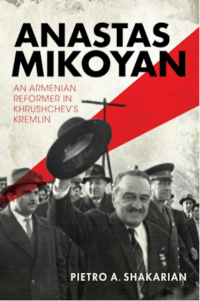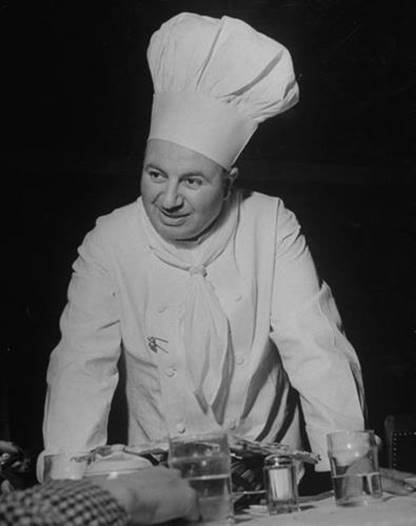U.S. War Food Administration – from 1945
WAR FOOD ADMINISTRATION
WASHINGTON 25. D. C.
OFFICIAL BUSINESS
Date: 2/9/1945
“Compiled especially for CONSUMER TIME listeners by San Francisco’s famous chef. Mr. George Mardikian recently made a guest appearance on CONSUMER TIME, in cooperation with the War Food Administration’s programs for effective use of our food supply. The Armenian-born chef specializes in preparing delicious, unusual dishes, with the most economical use of foods…and has consented to pass on to homemakers some of his food-saving hints, and favorite recipes.”








